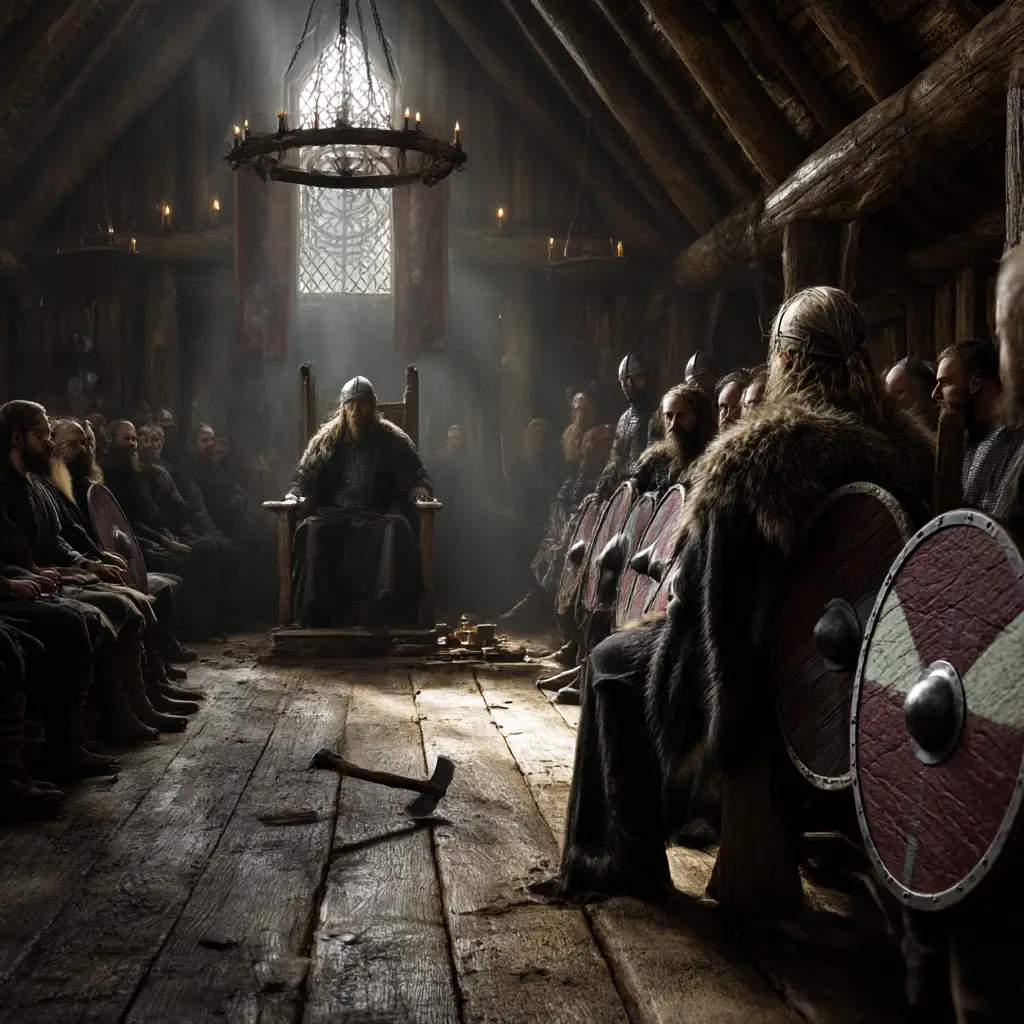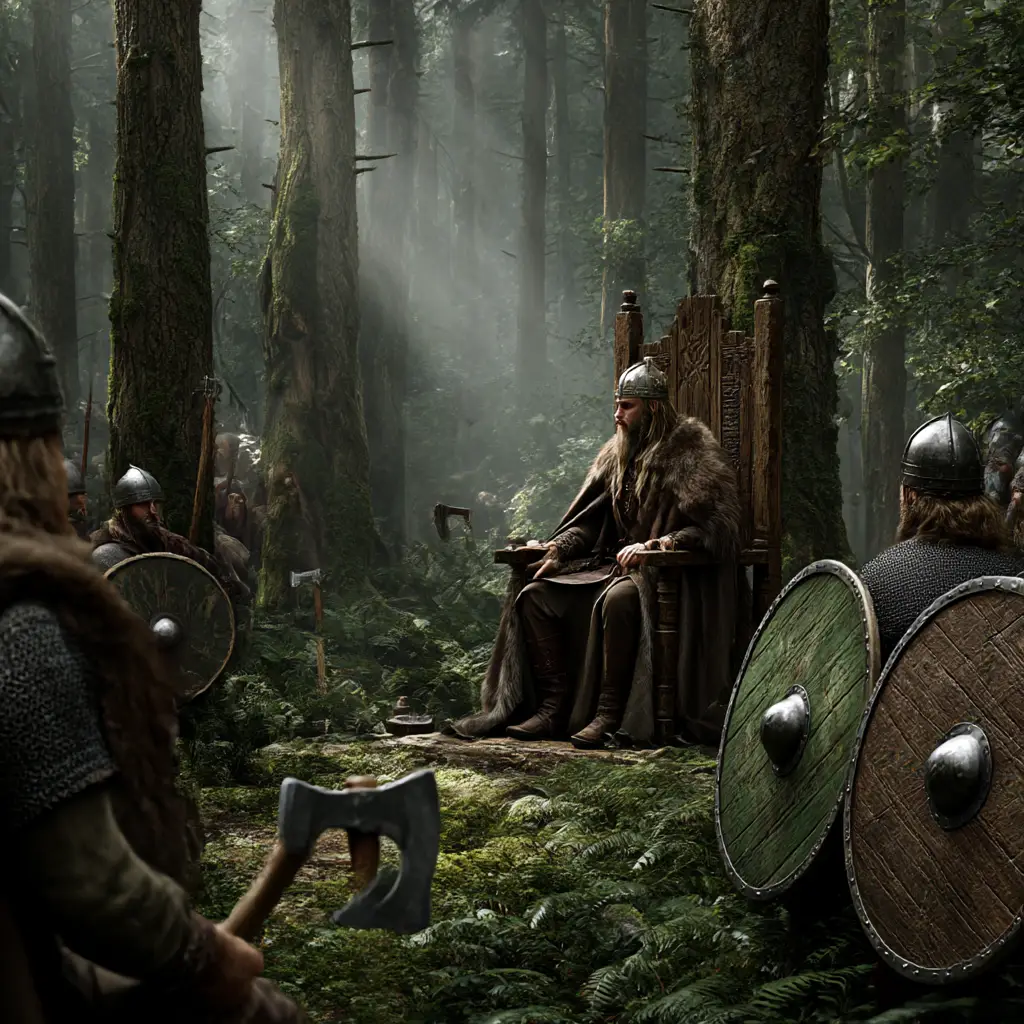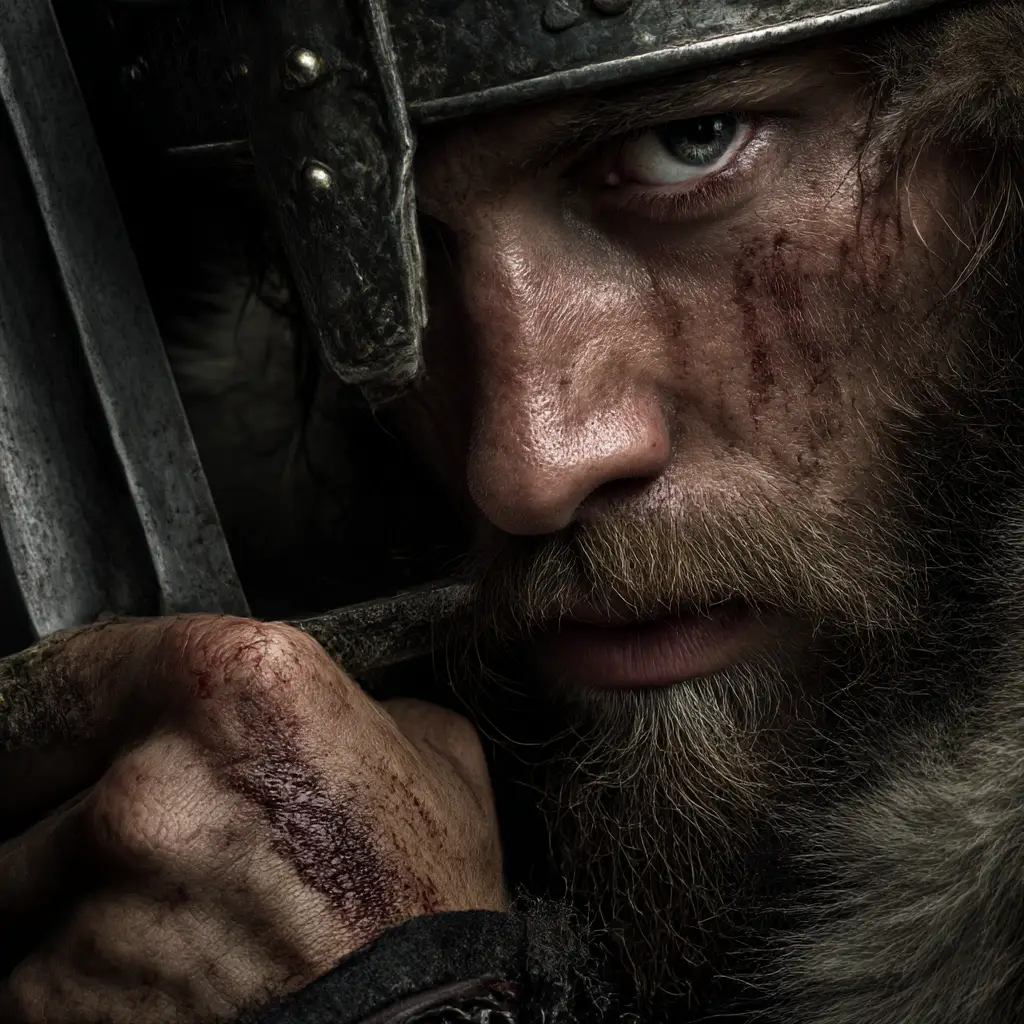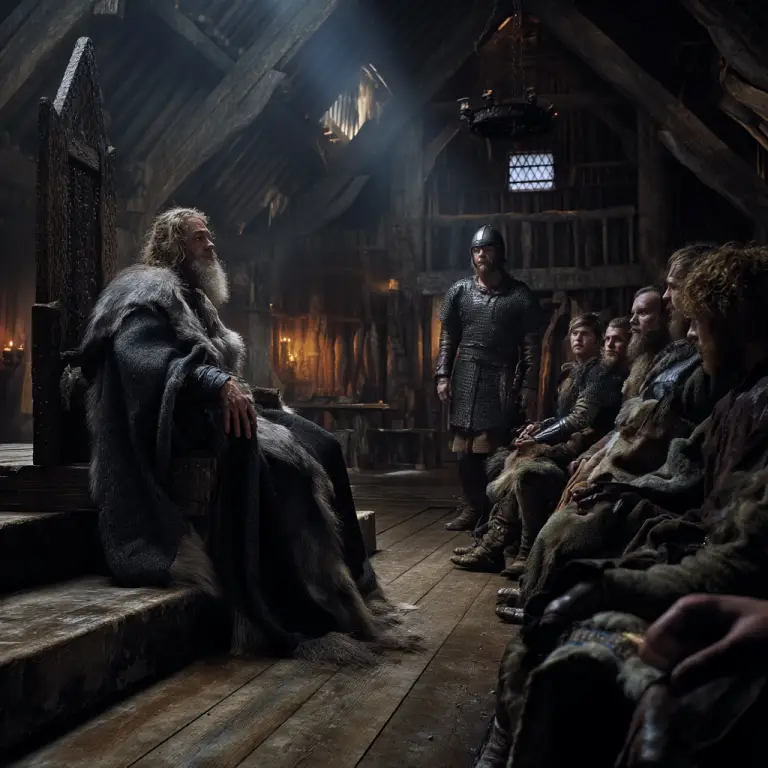Viking Justice: Law and Order in the Norse World
The Vikings are often remembered as fierce warriors and explorers, but behind their reputation lay a highly developed legal system. Viking justice was a crucial part of their society, helping to maintain order, resolve disputes, and ensure the survival of their communities.
The Basis of Viking Law
Viking laws were not written down in the early period but were passed orally through generations. The lawspeaker (known as the lögsögumaðr in Old Norse) memorised and recited the laws at assemblies. These laws covered a wide range of matters, including family disputes, property rights, inheritance, theft, violence, and even insults.
The legal system was based on the principles of honour, compensation, and community balance. Personal reputation mattered deeply, and restoring balance after a wrong was often more important than punishing the offender harshly.
The Thing: Assembly and Court
The central institution for Viking justice was the Thing, a public assembly where free men gathered to make decisions, settle disputes, and pass judgments. There were local Things, regional Things, and the famous Althing in Iceland, one of the oldest parliamentary institutions in the world.
At the Thing:
- Disputes were presented before the assembly.
- Witnesses were called, and evidence was given.
- A group of respected men (sometimes called judges or chieftains) would decide the case.
- The lawspeaker ensured that the proceedings followed tradition.
Attendance at the Thing was not just about law — it was also a social and political event, often combined with trade, feasting, and news-sharing.
Punishments and Compensation
Viking punishments were usually focused on compensation rather than imprisonment or corporal punishment. Common forms included:
- Weregild (Man-price): A set payment made to the victim or their family for injuries, killings, or other harms. The amount depended on the status of the victim.
- Outlawry: For serious crimes like murder without compensation or repeated offences, a person could be declared an outlaw — cast out of society, without protection of the law. They could be killed without legal consequence.
- Fines: Monetary payments to the injured party or, sometimes, to the local chieftain.
- Banishment: Temporary or permanent exile from the community.
Execution was rare but could happen in extreme cases, often carried out by the victim’s family rather than by a state authority.
Duel and Trial by Ordeal
In some cases, disputes were settled through holmgang, a formal duel between the two parties. The winner was considered to have justice on their side. There were also trials by ordeal, where the accused underwent physical tests (like carrying hot iron) to prove innocence, often relying on divine judgment.
Women and the Law
Viking women had more legal rights than many of their medieval European counterparts. They could inherit property, initiate divorce, and bring legal cases to the Thing. While still part of a male-dominated society, they were not without legal power.
Legacy of Viking Law
Viking legal traditions laid the groundwork for the legal systems of Scandinavia and influenced later medieval laws. The Icelandic Althing, established around 930 AD, continues today as the national parliament of Iceland, reflecting the lasting legacy of Viking justice.



